Escapees in a Scent


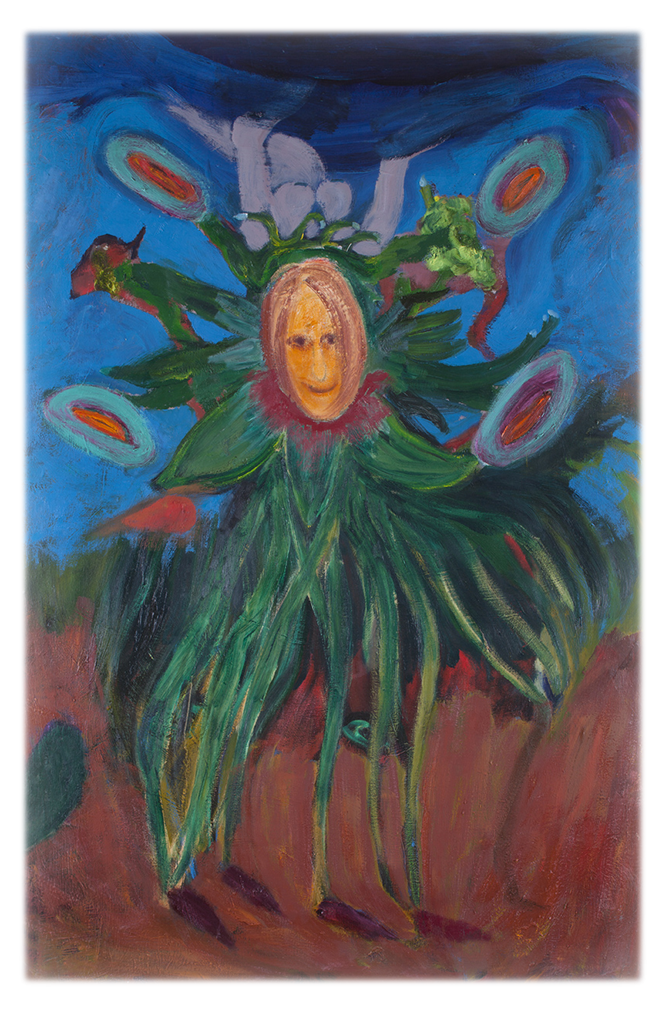

×
×
|
|---|
Là-bas→ Tarmo Paunu: Escapees in a Scent celebrates the midway point in the evolution of painter Tarmo Paunu's body of work in the black room of Studio Là-bas→ at the Cable Factory in Helsinki. In this alternative gallery space, Paunu's new paintings from the past year will be on display. This is the first ever Là-bas→ event focused solely on painting. Tarmo Paunu is a painter born in Helsinki in 1971, who grew up in a family of artists in Suomenlinna. His mother and brother are also painters. Paunu currently lives and works in Pispala, Tampere. He studied at the Painting Department of the Helsinki Academy of Fine Arts from 1998 to 2003 under Henry Wuorila-Stenberg and graduated in 2008. Paunu has had solo exhibitions in Finland, Germany and Sweden, as well as group exhibitions in Finland, the Baltic countries, Norway, Cyprus and Bratislava, Slovakia. The most notable of these have been the Artist of the Year exhibition Rakkaudesta ("On Love", Taidehalli, Helsinki, 2013), the solo exhibition Jumala on nainen ("God is Female", Kunstihoone, Tallinn 2014), the solo exhibition in Sweden (Galleri21, Malmö, 2007) and the Oh My God! group exhibition in Norway (Konstlaboratorium, Vestfossen, 2007). Paunu's works are in several Finnish public and private collections and public spaces. Seppo Fränti in particular has been an important private collector and patron. Erkki Pirtola's influence on Paunu's production has been constructive in many ways. Paunu and Pirtola became acquainted during their studies of fine arts and their friendship continued to be active until Pirtola's passing. Paunu is remembered for the many videos he shot with Pirtola, which bring to life the richness of Paunu's imagination and Pirtola's ability to swim in its current. Studio Là-bas→ is a studio space in the basement of the Helsinki Cable Factory, rented by Irma Optimist and converted into a live performance and event space by Lauri Luhta. Since 2000, the studio has hosted dozens of performance, sound and media art events under the name "Là-bas→" ("over there", "down there"). With the expansion of Là-bas→ to other spaces and venues, as well as numerous international festivals and collaborative projects, the active use of Studio Là-bas→ declined in the 2010s. After the last Là-bas festival so far, Là-bas→ Self as the Third (Merikaapelihalli, the Cable Factory, Helsinki, 2017), a new era of Là-bas activities started at the turn of the 2020s. In addition to seminars (Helsinki City Museum, 2021), online exhibitions (Mari Metsämäki, 2021) and individual live performances and presentations from Finnish and international artists (Pancho López, 2019), the studio at the Cable Factory will host exhibitions of installation and visual art (Magnus Strandberg, 2021), always accompanied by a visual-artistic website created by the curators Jenni and Lauri Luhta in collaboration with the artist. For one day in 2017, the festival Self as the Third transformed the Cable Factory's huge Merikaapelihalli, right above Studio Là-bas→, into an exhibition space where performance art was returned to its original visual art context. A hidden circle was closed and an era was declared over. With the social having collapsed into media, which is what the 2010s effectively were about, it became necessary, from the point of view of life conservation, to start searching for and discovering the artists, works and techniques that still remained. The concept of "the decade of the curator" is independent museum work as a collegial practice in which artist and organiser together discover a new understanding of the work of the author: when it is considered apart from the dictated explanatory structures of institutional art history, pseudo-temporal crowd phenomena and internalised roles distributed by the hierarchy of the system, what is specific to it emerges forth. 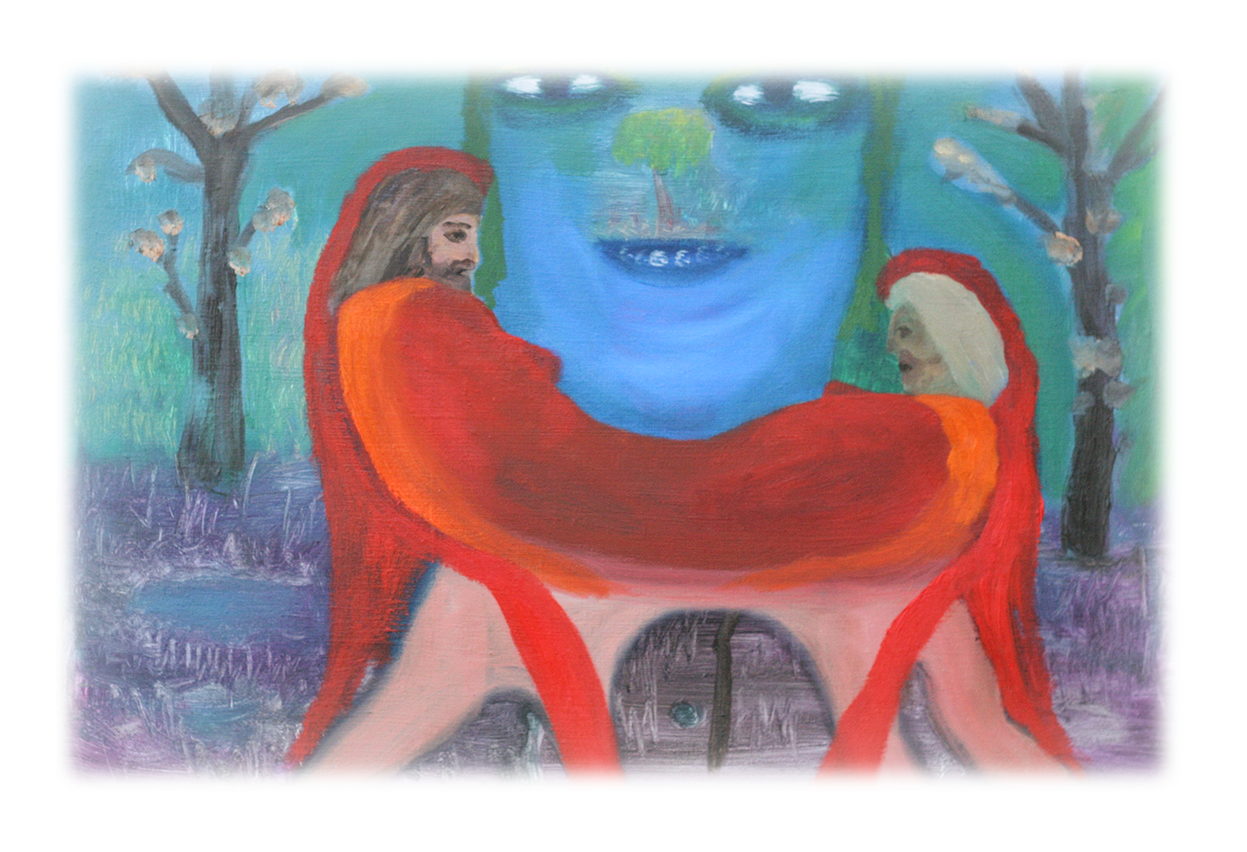
×
|
|---|

×

×
|
|---|
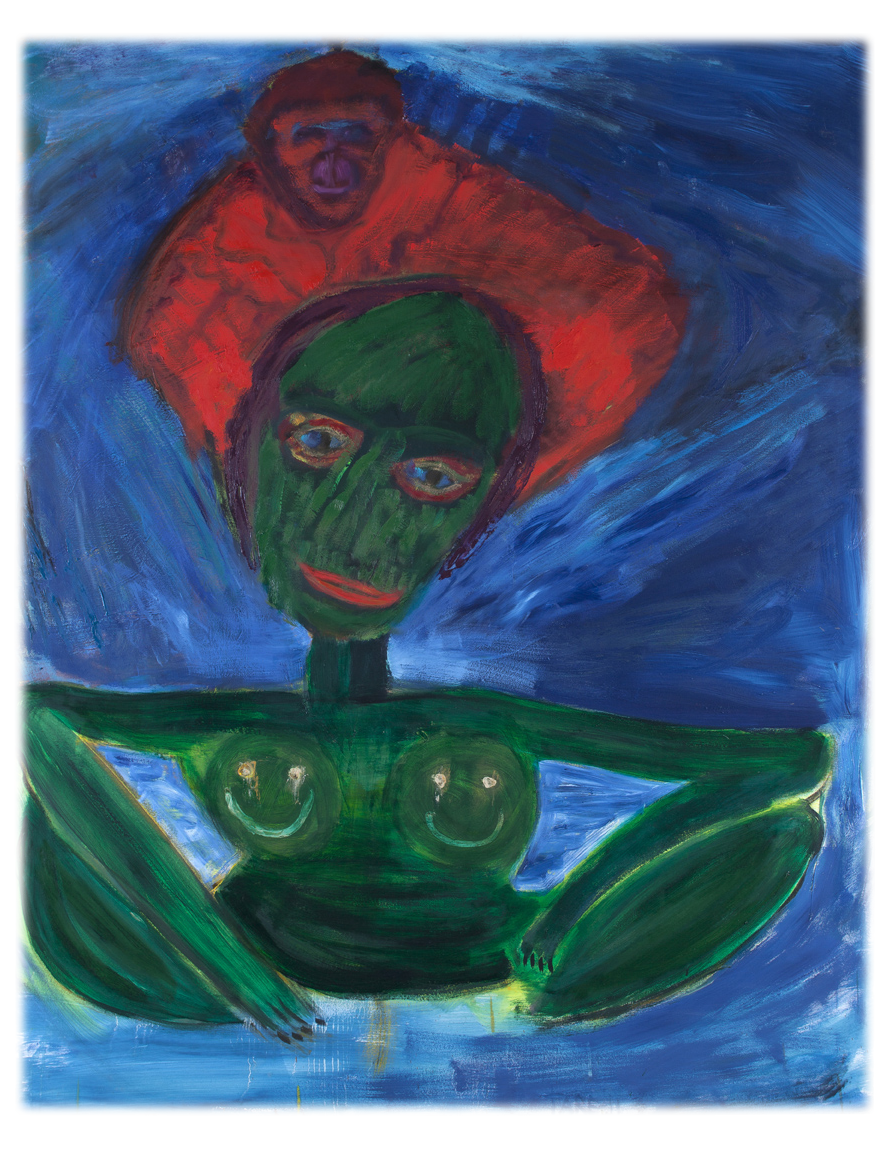
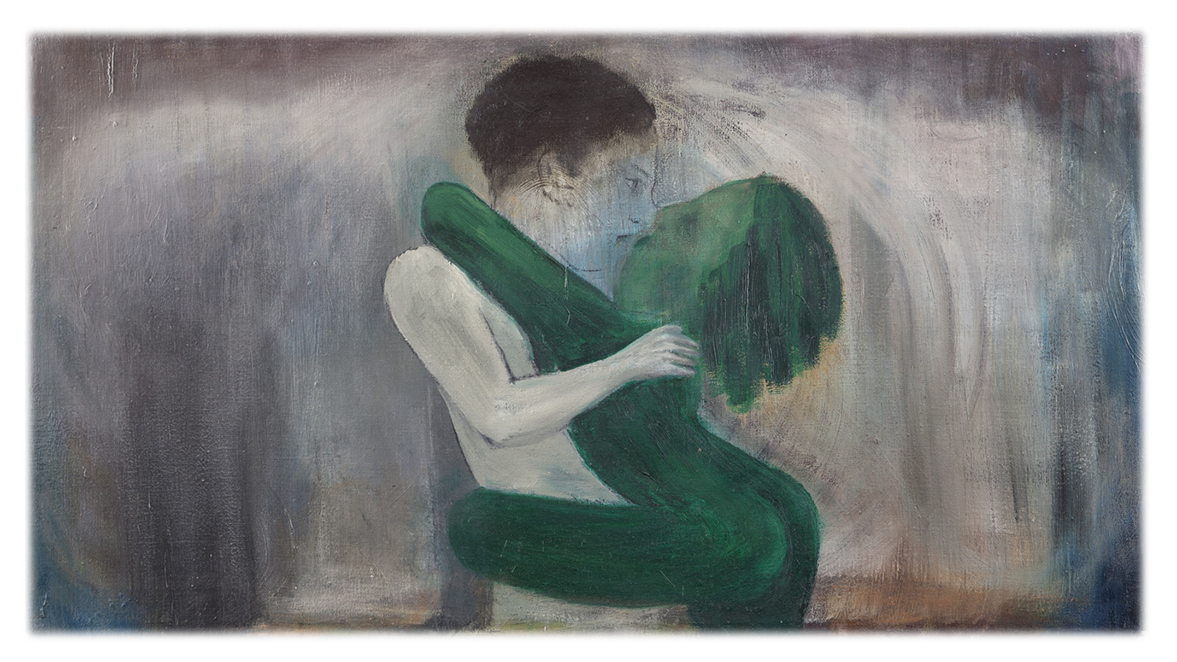
×
×
|
|---|
Tarmo Paunu, a self-described "transsymbolist", is a realist and a psychologist more than a symbolist and a carnivalist. Paunu's world is not as farcical or hilarious as it seems on the surface. The project Là-bas→ Tarmo Paunu: Escapees in a Scent sheds light on a side of Paunu's art that has often gone unnoticed and unarticulated precisely because of its seriousness, because it is about the fundamental issues – the metaphysics that divide opinions for and against. When Tarmo Paunu captivates with humour, it is more because of the subject matter of his works than because of his attitude as an artist. The chuckling energy around the works is the result of confusion caused by the compulsion to evaluate, while the laughter in front of them is the result of teasing exhilaration at what has been dared to be shown. The humour is also unspoken awareness that everyone fundamentally understands what this is all about. 
×
|
|---|

×

×

×
|
|---|
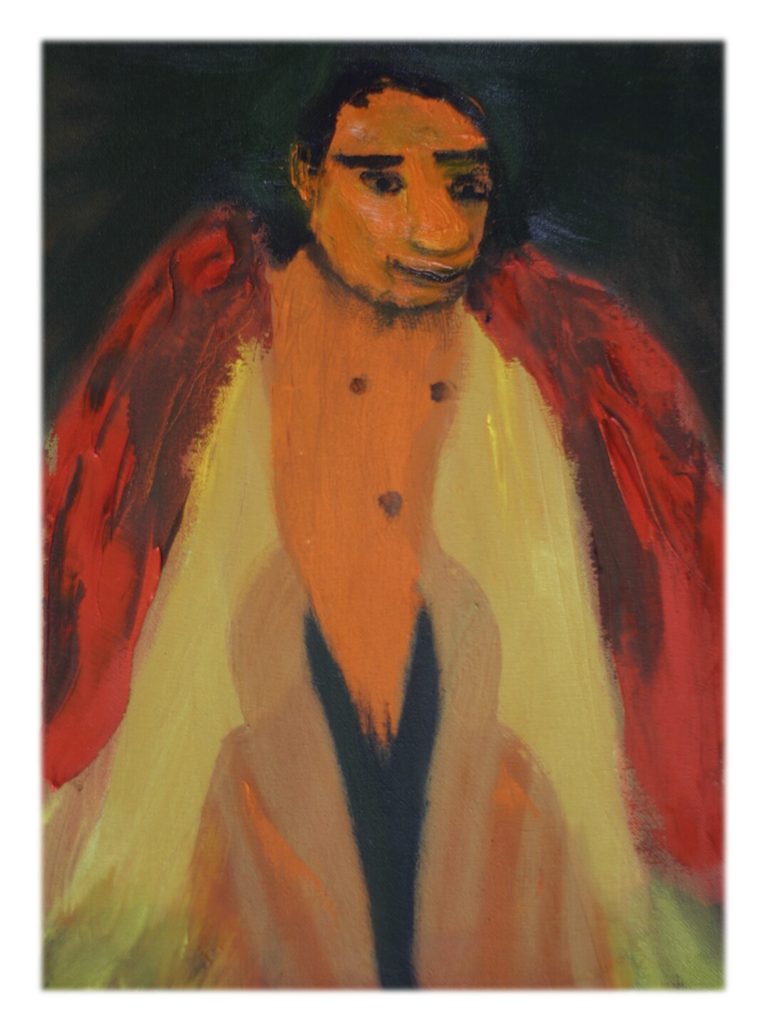
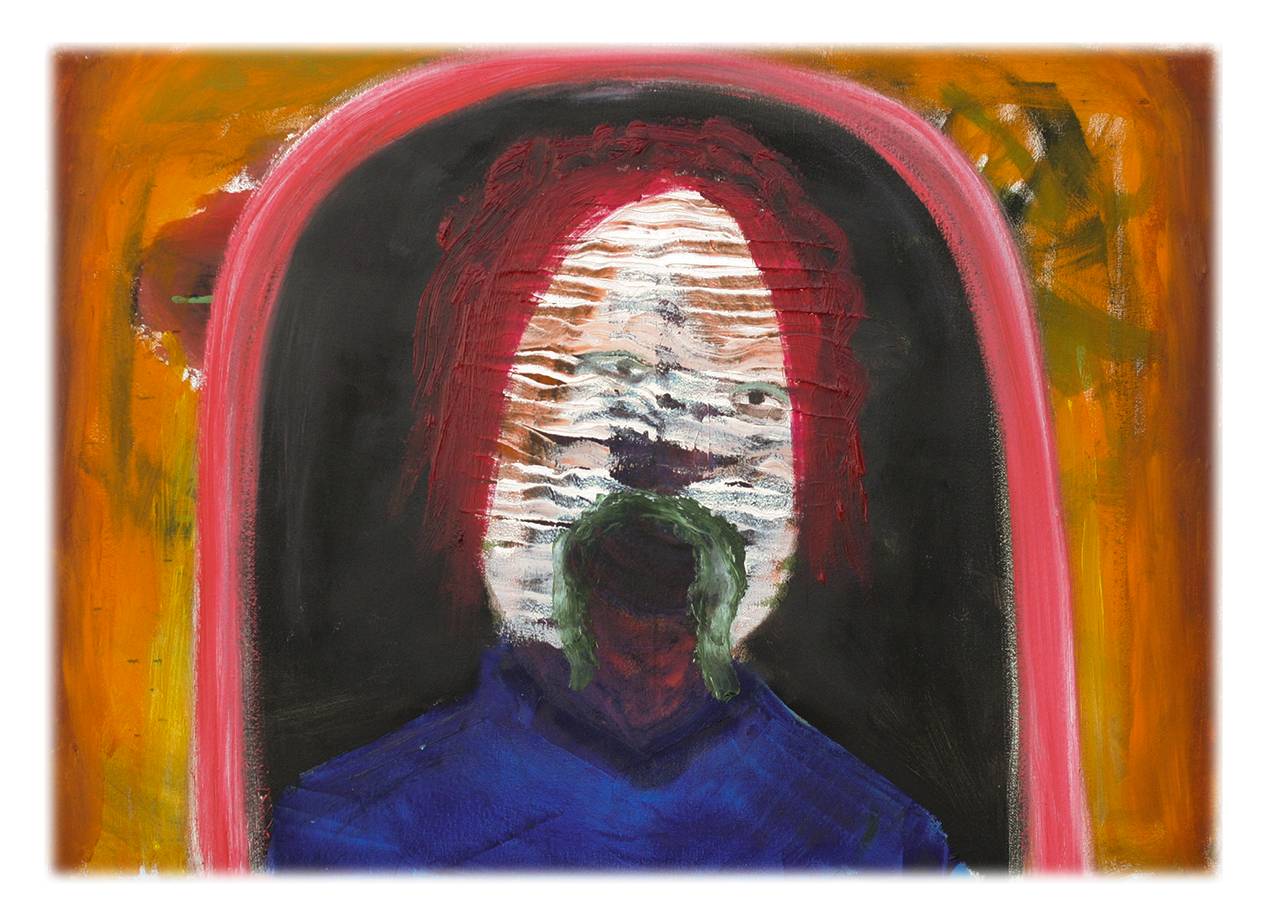
×
×
|
|---|
Tarmo Paunu is obsessed with the human being, the human face, the human condition, the depiction of tensions and the inner self. His expression is tied to the living image of the human being. The artist's subject is the human being and his role is to present his work in front of people, as in ancient Greek theatre. Paunu's painting and thinking is human-oriented, human-centred and humane. In 2022, isn't this a bit nauseating? One begins to fear being infected by some old plague. The victorious artificial life is already elsewhere. In the century of transhumanism, Paunu's art is threatened by a creeping obsolescence. The chorus, the people and the audience on Paunu's stage are ageing and disappearing, melting away before his eyes. The artist feels as if the last ones are leaving. Reality is being bid with gleeful visions of hell and perdition, while a sideways movement is used to enter the paradise of technology, in which threat of expulsion replaces death as the subject of existential fear. When the virtual is more real than the real, the reality that the painter cherishes will be seen as escapism. What the artist drew from and roiled is secondary to the children of paradise and is forgotten like the human-faced gods of the pagan world. In the new system, whose face no one wants to look at, the creator of virtual money makes everyone compete with everyone else for all the same things in a panopticon. The deliberately created mimesis of desires, an instrument of collective control, leads to an unprecedented sacrificial crisis, as was foreseen at the end of the 20th century. The scapegoats trapped and caught by the controlling spirit of neo-moralism, carrying away the shame of our common mediocrity, are banished from the sheep pen into the abyss. On the virtually expanded field of painting, each player engages in a simulation of his or her choice, which the hidden machinery calls "polyphonic richness". Through the noise of the planned uproars and controversies programmed into the system, one cannot discern messages about the actual movements of the war and money machine, the concentration of hidden power as it prepares for the final decisive blow. Against all this, the game of the artist – who is currently lifted up, but replaceable – becomes muddled. The frame begins to be visible as one is forced to look at oneself in the mirror, behind which the users of invisible money are sovereign, regulating thinking and things. Unlike the social aspirations of the last century, the safety net to which the artist remains tied to is conditional. To live from it and by it is requires passing obedience training, giving one's soul and body to those who control life. The output of Tarmo Paunu's work became visibly darker after his externally greatest success, the solo exhibition at Helsinki Art Hall (2013) and the one at Kunstihoone in Tallinn (2014) that sprung from it. Paunu's paintings started to become a series of recurring images of male faces caught up in a state of malaise. The background scenes sank out of sight and the female figures disappeared around the men in his later solo exhibitions Viaporin kasvot ("The Faces of Sveaborg", Galleria Rantakasarmi, Helsinki, 2015) and Oudot kasvot ("Strange Face", Rankka-galleria, Helsinki, 2016). Viewers may have wondered what had happened in Paunu's visual world and whether the series of paintings were perhaps implicit self-portraits. The question arose: has the painter become a cabin dweller who no longer has the energy to try, is he serious about painting anymore, or has he started to hate his medium – does he even want to push the whole field down to the bottom? The upwardly mobile career having climbed into the wilderness of middle age, which is only a small part of the wider desert of the 21st century, the next steps in that career would require moves that the soul will not bend to without splitting (see the painting Two-Face). On the other hand, crises of misfit can be redemptive. Methodologically, Paunu has always dared to fail when necessary. However, the energy of self-punishment, even if it stems from a critique of naivety and pride, often threatens in contemporary art to become the basic mode of working, which only results in demented repetition of same images and emotions, a false serialism, which in itself is yet suitable for use and consumption, but in which the personality of the author has disappeared. There is still a "what", but no longer a "who". The awakening from hypnotic sleep, the anamnesis of the person and the recuperation of energy begins when the compulsory nausea prescribed for all has been suffered long enough and has been recognised as a mannerism. And because it has been identified as a cliché, it is revealed that its use value is in fact crowd control, invalidisation. Tarmo, "energy" in Finnish and the energy of the artist, is recharged by a return to former strengths. In his own words, Tarmo does not compete with anyone but himself and does not want to invent anything new, but only to do better what he does by nature, which in itself is a sufficient challenge. From the depression, which has been entered in sameness, each person can only straighten out through his or her own separate path. The escapees on the walls of Studio Là-bas→ are no longer stuck in a fog, but wander in a scent that is returning to the odourless and tasteless hall of mirrors. On the other hand, that scent has again misled the men and women depicted in the paintings to the garden of their idealisations of femininity. This is not a new Eden but something waiting to be washed by the deluge. The painter and the viewer would like to believe in equality, but cannot, because they are unable to see it. The escape into softness turns into gloom, going through a new stone age and a medieval period, and awakens to a fresh reality that tastes of gravel and iron which was hidden from everyone all along. Suddenly we are in the middle of a very metallic world, waiting at the city gate for the rescuing barbarians, all being anxious about the precise starting hour of the war. The situation becomes humorous once everyone realises how it has come to this and what this is all about.
×
|
|---|

×
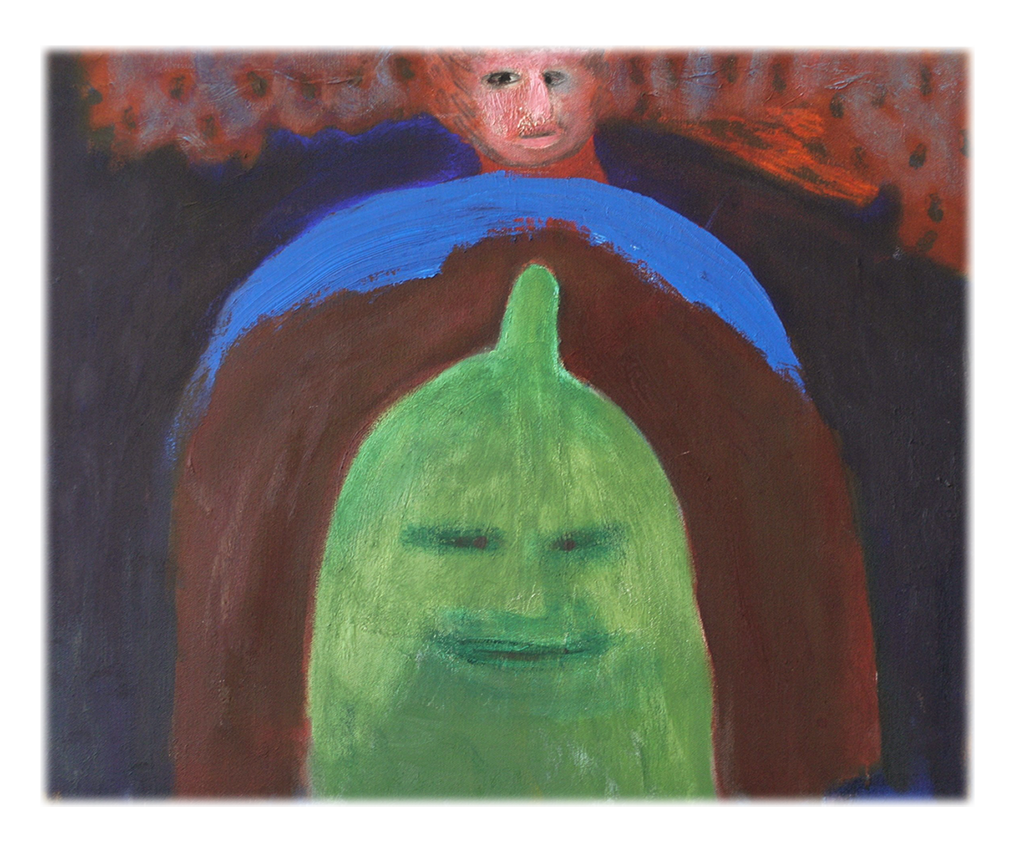
×
|
|---|
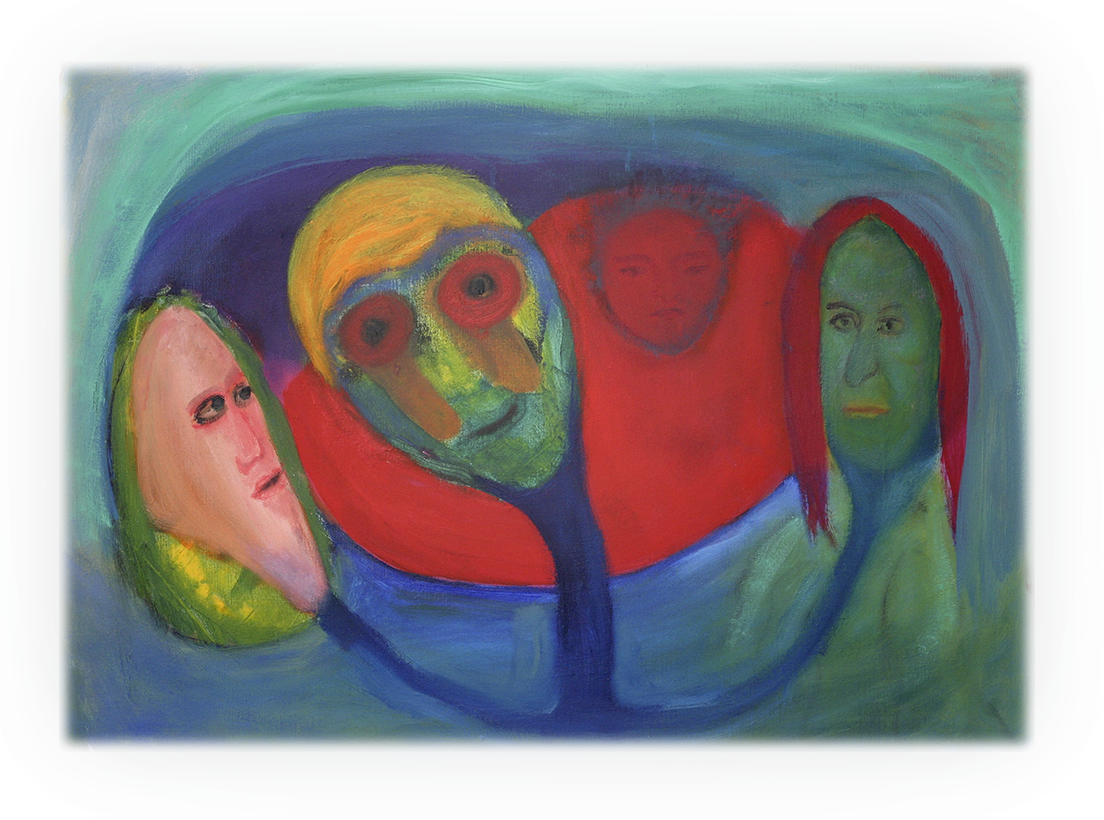
×
|
|---|
Painting has even been rewarding lately and I feel that the colours have been energised from some unknown source. A strange source, because life is the same as it ever was, the same joys and sorrows, but maybe I'm better integrated into the world now. 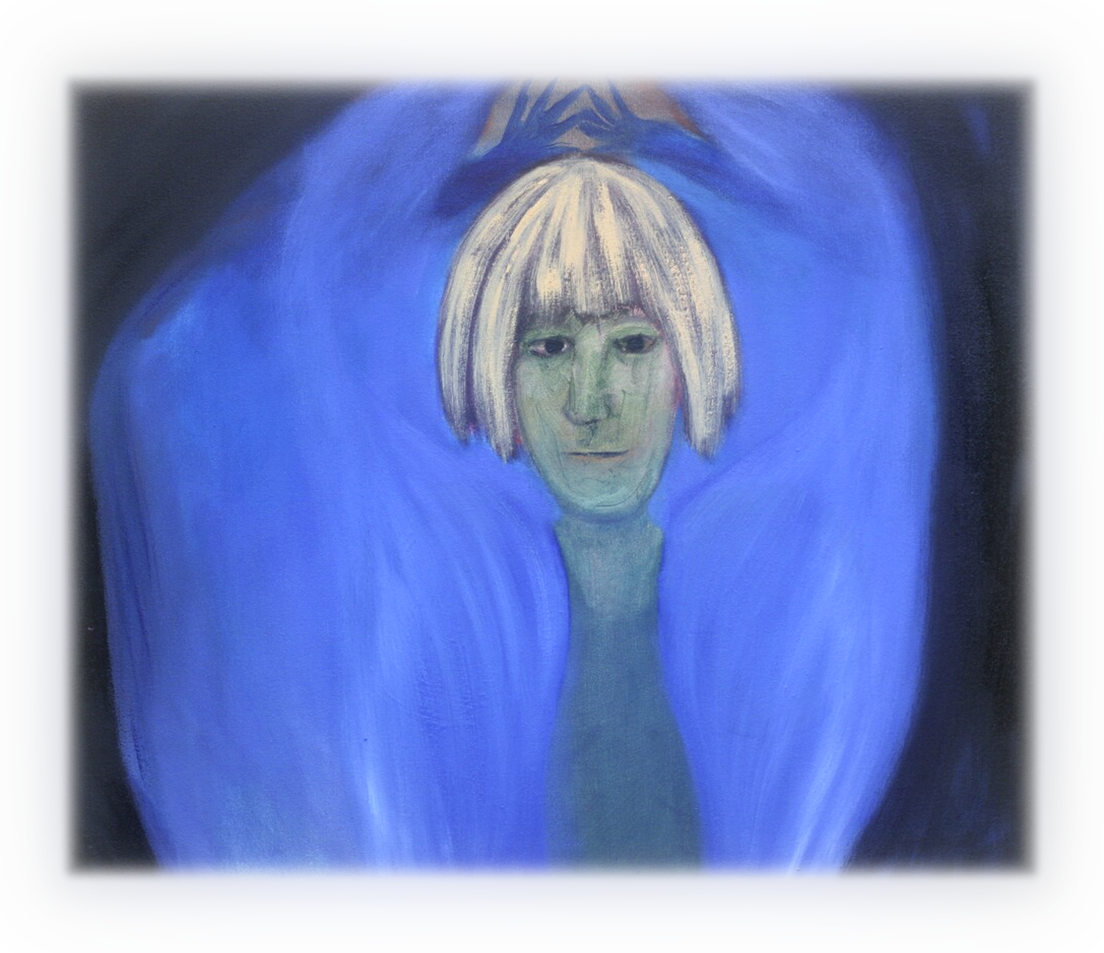
×
|
|---|
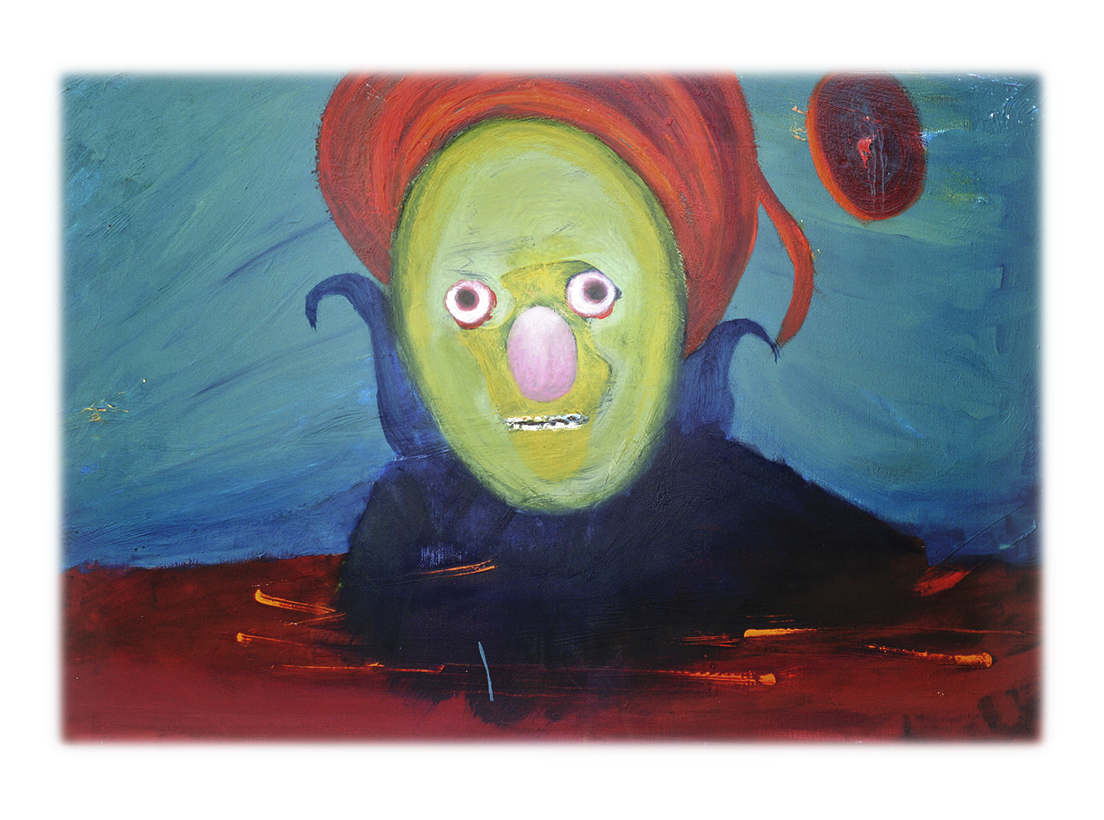
×
|
|---|
Open Wed-Sun 12am–6pm (or by appointment).
You enter the studio from the yard of the Cable Factory via the basement of the
D-staircase and by the seminar room Watti,
as seen in this video: https://vimeo.com/679682511
If the doors are closed, call 041-5338893.
Press release: www.la-bas.fi/tarmopaunu/tiedote.pdf
Facebook: www.facebook.com/events/485921699599883/
More information: